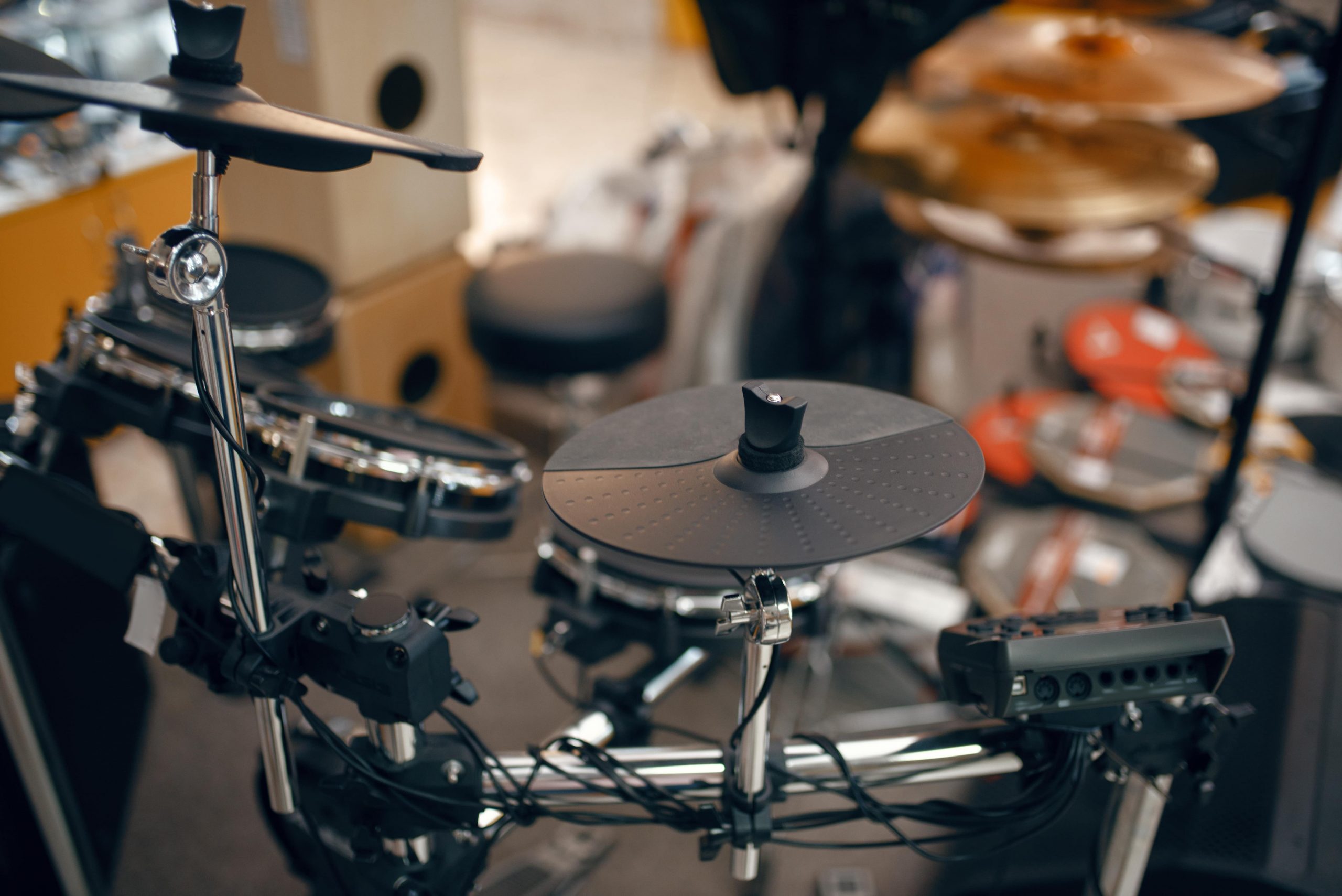
Selling musical instruments might be fun and profitable whether your goal is to remove some rubbish or you are a businessperson trying to make some extra money. People are eager to buy instruments for performance, collecting, or study given its significant emotional and financial value. The market is very varied, with everything from old guitars to digital computers and brass horns. Sellers who know how to use it well can find many possibilities. Putting playing instruments online with a price tag isn’t the only way to sell them, though. To reach the right buyers, you need to know about the goods, know what people want, and offer it in a smart way. This guide will show you how to sell different kinds of instruments and make your musical goods interesting to a wide range of people.
Understanding the Market and Evaluating Your Instruments
It’s important to know how much an instrument is worth on the market before you put it up for sale. Price is based on condition, brand, type, age, and how rare something is. If you take good care of your Yamaha upright piano, it will get more attention than a piano that doesn’t have a brand name and is in bad shape. Also, old guitars or violins that were made by hand can sometimes sell for more because they are better quality and pros and music fans want them more.
You can check out how much more guitars like yours are selling on sites like Reverb, eBay, and Facebook Marketplace. To get a good idea of prices, compare places, events, and types. If you’re not sure how much your instrument is worth, you could have someone look at it from different angles. Also, don’t forget to see if your instrument needs to be fixed or cleaned. A trumpet or acoustic guitar that has been cleaned and re-strung not only looks better but also plays better, which makes it more likely to sell for more money.
Choosing the Right Selling Platform
It makes a big difference where you sell your instruments for how quickly and how much money you make. Online stores like Reverb are designed to sell band equipment and get serious buyers. If you don’t want to send big or sensitive instruments, eBay, Craigslist, and Facebook Marketplace are great ways to reach people in your area. On the other hand, sites like Etsy may be great for finding one-of-a-kind or old things.
You might be safer and be able to find rare or expensive items in resale or specialty music shops, but they usually charge a fee for the sale. On the other hand, if you’re trying to sell to kids or people buying their first home, school bulletin boards or local ads might help you make sales faster and easier. Make sure the pictures are clear and come from different views. Also, include any other information that is relevant, like the original paperwork, extras, or service records. If your post comes out as honest and professional, it will probably stand out from others.
Tips for Selling Specific Instrument Types
Different instruments attract to different kinds of customers, hence you should make your approach unique for every group. People of all skill levels often like string instruments like guitars and violins. Draw attention to things like the type of wood, the pickup systems (for electrics), or the quality of the bow (for violins). If the instrument comes with extras like a case, strings, or stand, be sure to mention it—it adds value.
Wind instruments such as saxophones, flutes, and trumpets are commonly bought by students and school bands. Here, condition and cleanliness are paramount. Brass instruments should be free from dents and tarnish, and woodwinds should have well-maintained pads and joints. Mentioning the manufacturer and model is critical since educators often have brand preferences.
Digital instruments and accessories, like keyboards, mixers, and MIDI controllers, tend to attract producers or home studio enthusiasts. Include details like onboard features, connectivity options, and any bundled software. These buyers appreciate good photos of the interface and screen. The more technical and informative your description, the more confident your potential buyer will feel.
Negotiation, Shipping, and Post-Sale Considerations
Buyers will often try to negotiate, especially in secondhand markets. It’s smart to price your instrument slightly above your lowest acceptable amount to leave room for bargaining. However, don’t be rigid—polite, reasonable flexibility can seal the deal quicker than a hard stance. Also, be upfront about any flaws or wear and tear; honesty builds trust and minimizes disputes later on.
If you’re shipping the instrument, pack it securely with bubble wrap, foam padding, and a snug box to prevent damage in transit. For large or delicate items like pianos or drum kits, local pickup or professional courier service is often the safest route. Include insurance when shipping expensive items to cover loss or damage.
After the sale, it’s good etiquette to follow up with the buyer. A quick message to ensure they received the item in good condition can go a long way toward building a good reputation—especially if you plan to sell more instruments in the future. Positive reviews and word of mouth can help you expand your reach organically.
Conclusion
Selling musical instruments successfully involves more than just posting a few pictures online. It requires understanding your instrument’s value, choosing the right marketplace, tailoring your approach for different buyers, and ensuring a smooth transaction from start to finish. By investing time in research, presentation, and communication, you not only increase your chances of making a sale but also of getting the best possible price. Whether you’re clearing out old gear or starting a side hustle, treating each instrument with care and professionalism will always pay off in the end.
